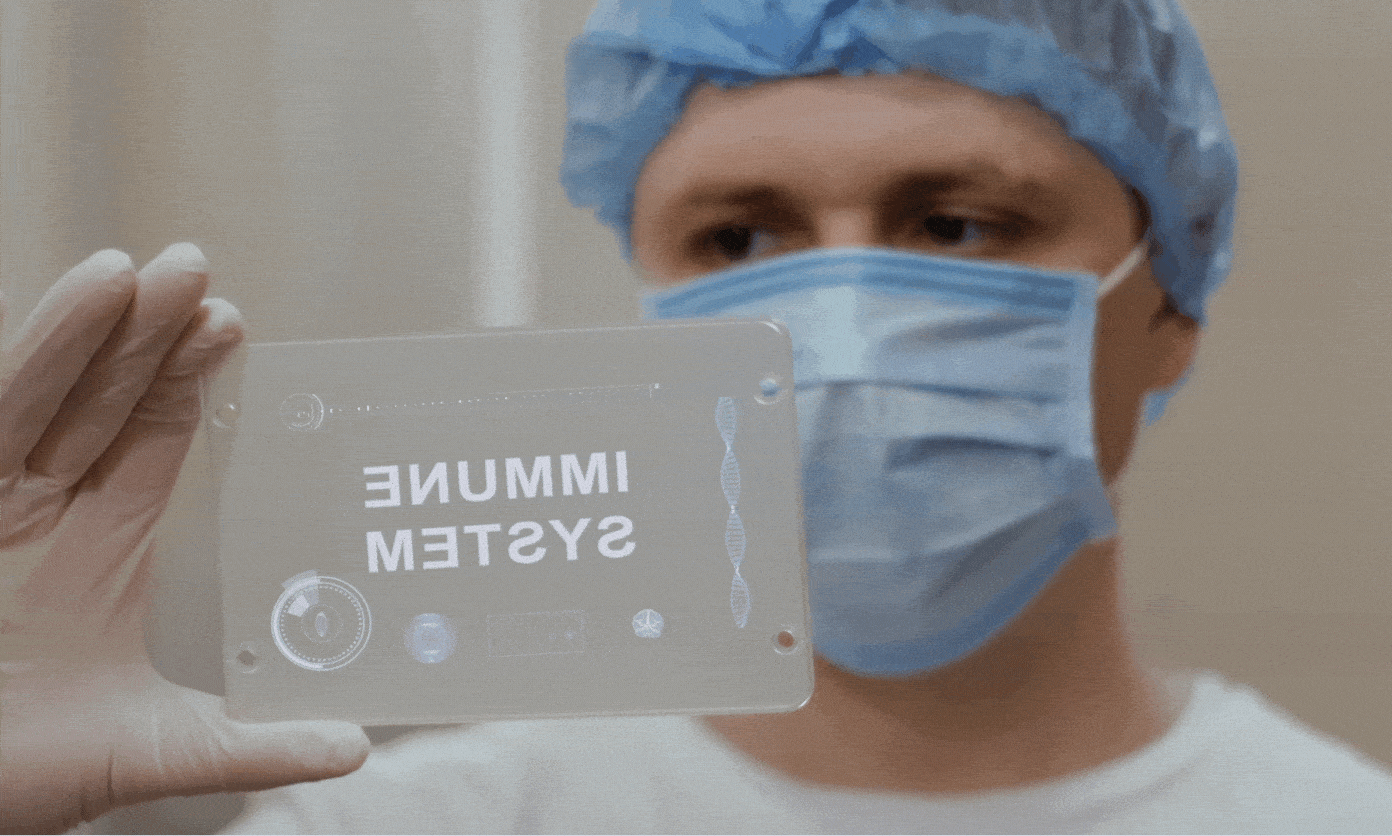IMMUNE SYSTEM
Understanding the function and the importance of the immune system for our health is very important.
Please take some time to educate yourself

The immune system and its function
The immune system is a complex network of cells and proteins that defends the body against infection. It is made up of special organs, cells and chemicals that fight infection (microbes). The main parts of the immune system are: white blood cells, antibodies, the complement system, the lymphatic system, the spleen, the thymus, and the bone marrow. The immune system keeps a record of every pathogen it has ever defeated so it can recognize and destroy the microbes quickly if it enters the body again.
Our immune system is essential for our survival. Without an immune system, our bodies would be open to attack from bacteria, viruses, parasites, and more. It is our immune system that keeps us healthy as we drift through a sea of pathogens. Abnormalities and weakness of the immune system can lead to allergic diseases, immunodeficiencies and autoimmune disorders.
The main characters in the immune system
White blood cells (or leukocytes) – They circulate in the body in blood vessels and the lymphatic vessels that parallel the veins and arteries. They are on constant patrol and looking for pathogens. When they find a target, they begin to multiply and send signals out to other cell types to do the same.
There are two main types of white blood cells
Phagocytes
These cells surround and absorb pathogens and break them down, effectively eating them. There are several types, including:
Neutrophils — these are the most common type of phagocyte and tend to attack bacteria.
Monocytes — these are the largest type and have several roles.
Macrophages — these patrol for pathogens and also remove dead and dying cells.
Mast cells — they have many jobs, including helping to heal wounds and defend against pathogens.
Lymphocytes
Lymphocytes help the body to remember previous invaders and recognize them if they come back to attack again. Lymphocytes begin their life in bone marrow. Some stay in the marrow and develop into B lymphocytes (B cells), others head to the thymus and become T lymphocytes (T cells). These two cell types have different roles:
- B Lymphocytes — they produce antibodies and help alert the T lymphocytes.
- T Lymphocytes — they destroy compromised cells in the body and help alert other leukocytes.
Immune system in action
The immune system needs to be able to tell self from non-self. It does this by detecting proteins that are found on the surface of all cells. It learns to ignore its own or self-proteins at an early stage. An antigen is any substance that can spark an immune response. In many cases, an antigen is a bacterium, fungus, virus, toxin, or foreign body. But it can also be one of our own cells that is faulty or dead. Initially, a range of cell types works together to recognize the antigen as an invader.
The role of B lymphocytes
Once B lymphocytes spot the antigen, they begin to secrete antibodies (antigen is short for “antibody generators”). Antibodies are special proteins that lock on to specific antigens. Each B cell makes one specific antibody. For instance, one might make an antibody against the bacteria that cause pneumonia, and another might recognize the common cold virus. Antibodies are part of a large family of chemicals called immunoglobulins, which play many roles in the immune response:
- lgG (Immunoglobulin G) — marks microbes so other cells can recognize and deal with them.
- IgM (Immunoglobulin M) — is expert at killing bacteria.
- IgA (Immunoglobulin A) — congregates in fluids, such as tears and saliva, where it protects gateways into the body.
- IgE (Immunoglobulin E) — protects against parasites and is also to blame for allergies.
- IgD (Immunoglobulin D) — stays bound to B lymphocytes, helping them to start the immune response.
Antibodies lock onto the antigen, but they do not kill it, only mark it for death. The killing is the job of other cells, such as phagocytes.
The role of T lymphocytes
There are distinct types of T lymphocytes:
- Helper T cells (Th cells) — they coordinate the immune response. Some communicate with other cells, and some stimulate B cells to produce more antibodies. Others attract more T cells or cell-eating phagocytes.
- Killer T cells (cytotoxic T lymphocytes) — as the name suggests, these T cells attack other cells. They are particularly useful for fighting viruses. They work by recognizing small parts of the virus on the outside of infected cells and destroy the infected cells.
